Welcome to the vibrant landscape of Tripura, where nature orchestrates a symphony of seasons, offering a captivating glimpse into its diverse climate.
Situated in northeastern India, Tripura is embraced by a warm and humid tropical climate, presenting a tapestry of five distinct seasons throughout the year.
From the gentle blossoms of spring, painting the landscape with hues of rejuvenation, to the scorching heat of summer, where nature’s resilience is on full display. The monsoon season brings a refreshing deluge, revitalizing the lush greenery and replenishing the earth’s vitality. As autumn gracefully descends, a tranquil ambiance envelops the region, offering respite before winter’s chill.
Despite the warmth of its people, the climate of Tripura remains a defining feature, shaping the rhythms of life and fostering an environment of resilience and adaptability. Explore the intricate dance of seasons in this enchanting land, where every moment is a celebration of nature’s boundless beauty.
1. Annual rainfall patterns
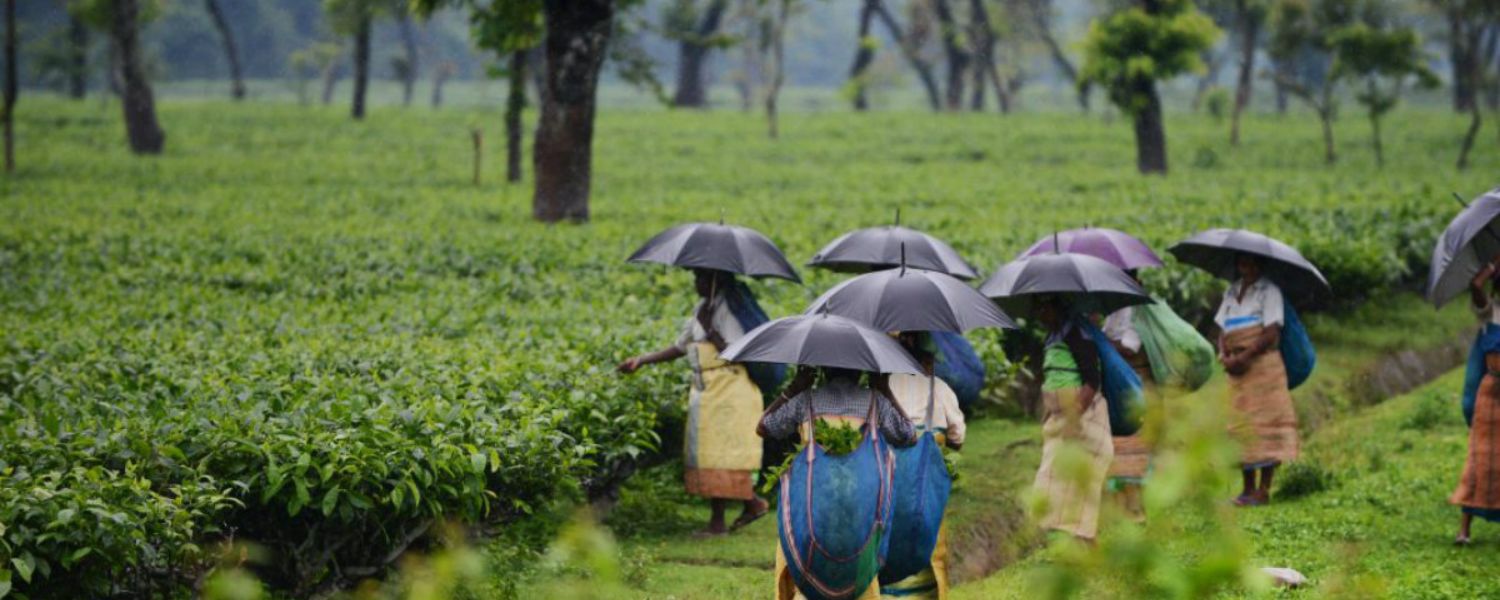
The climate of Tripura exhibits distinctive annual rainfall patterns, ranging from 1922 mm to 2855 mm across the region. This variance signifies a notable diversity in precipitation levels throughout the state. Generally, the rainfall gradient escalates from the Southwest towards the Northeastern parts of Tripura.
However, a conspicuous irregularity is observed in the southern and central regions, particularly around Amarpur, where rainfall hovers around 1500 mm, significantly lower than neighboring areas.
This disparity in rainfall distribution underscores the complex interplay of geographical factors shaping Tripura’s climate. Factors such as coast proximity and local topography contribute to these discernible patterns. The Southwest monsoon, predominant during summer, is pivotal in replenishing the region’s water resources. Conversely, the retreating monsoon, prevalent during autumn, marks a transition period characterized by diminishing rainfall.
Understanding the nuances of Tripura’s annual rainfall patterns is crucial for various sectors, including agriculture, water resource management, and disaster preparedness. By comprehensively analyzing these patterns, stakeholders can devise strategies to mitigate risks associated with fluctuations in precipitation levels, ensuring sustainable development and resilience in the face of climatic variability.
2. Temperature variations throughout the year
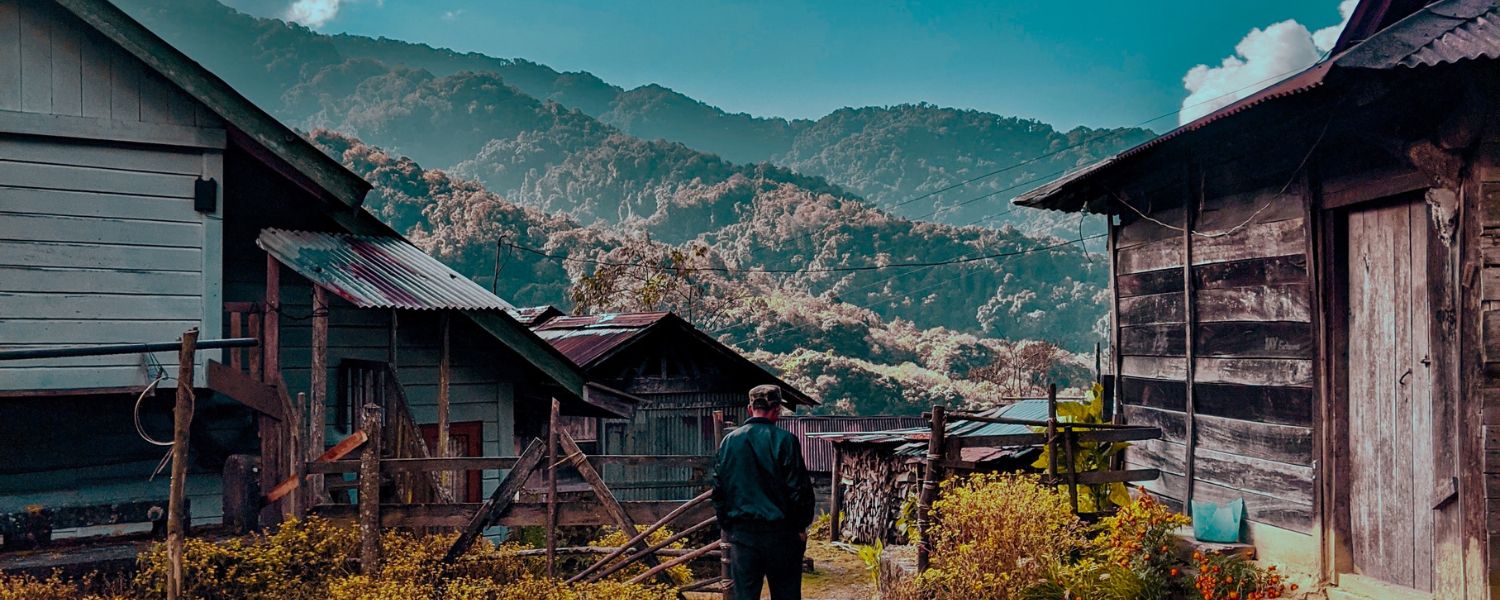
The climate of Tripura unveils a fascinating tale of temperature variations throughout the year. Situated in northeastern India, Tripura experiences distinct seasonal changes, with summer and winter marking significant shifts in mercury levels.
During the scorching summer months, typically from March to June, temperatures soar to an average range of 17.8°C to 35.6°C. The sun casts its blazing warmth upon the land, enveloping the region in a sweltering embrace. However, despite the heat, the lush greenery of Tripura mountains retains its vibrancy, offering a refreshing respite amidst the warmth.
Conversely, the climate is more relaxed as winter approaches, usually from November to February. Temperatures dip to a more moderate scale, ranging from 5.2°C to 26.9°C. Crisp mornings and pleasantly cool evenings become characteristic of this season as the landscape undergoes a subtle transformation, adorned with misty mornings and dew-kissed foliage.
Throughout the year, Tripura showcases a harmonious blend of climatic contrasts, bringing unique charm and allure each season. Whether it’s the sun-kissed days of summer or the cozy evenings of winter, the climate of Tripura offers a diverse tapestry of experiences for visitors and locals alike, making it a destination worth exploring year-round.
3. Humidity levels
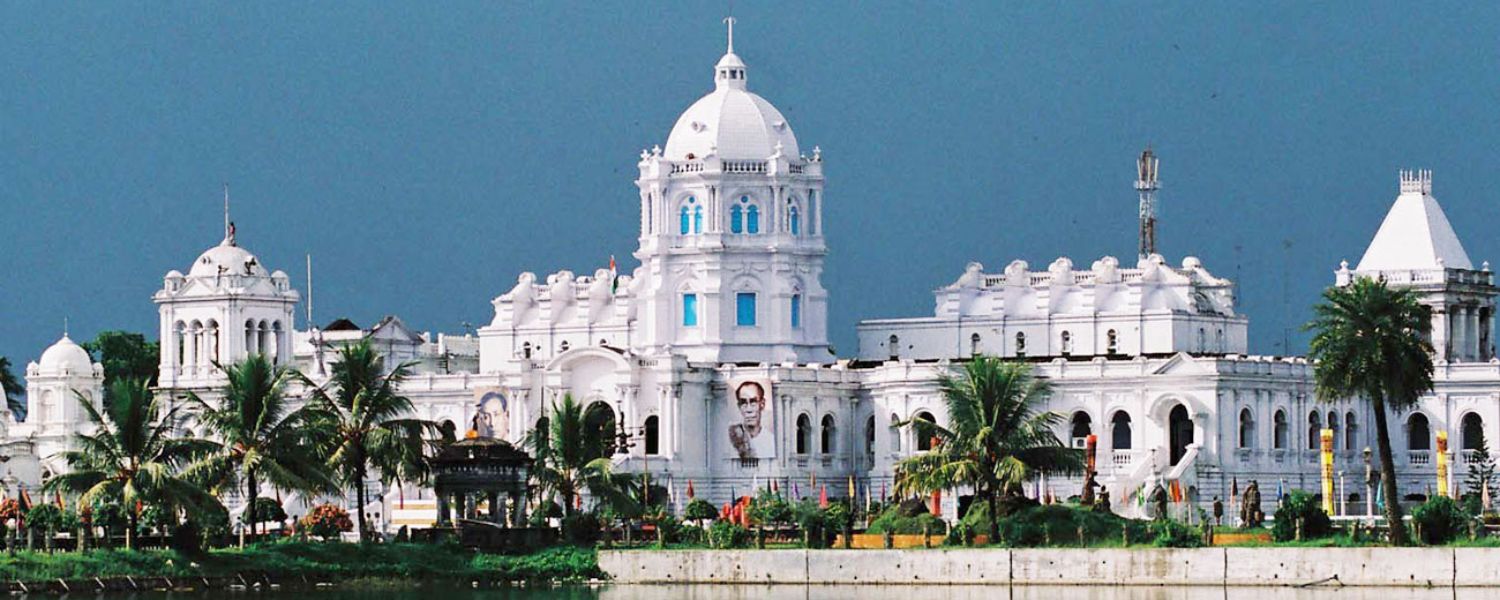
Humidity levels play a significant role in Tripura’s climate, affecting the overall weather throughout the year. January is the driest month, with a mere 3.25mm (0.13in) of rainfall. This indicates a relatively arid period compared to other months.
Regarding precipitation frequency, Tripura culture and tradition experience rainfall on approximately 187.28 days annually, constituting about 51.31% of the year. However, it’s noteworthy that there are also 177.72 rainless days, accounting for 48.69% of the year. These statistics underscore the variation in weather patterns, with both wet and dry spells characterizing the region’s climate of Tripura, which can be classified as.
Moreover, Tripura’s humidity averages 75.79%. This moisture level in the air contributes significantly to the overall comfort and perception of temperature by residents and visitors alike. It’s a critical factor in determining the mugginess and comfort levels experienced in the region.
4. Monsoon season duration
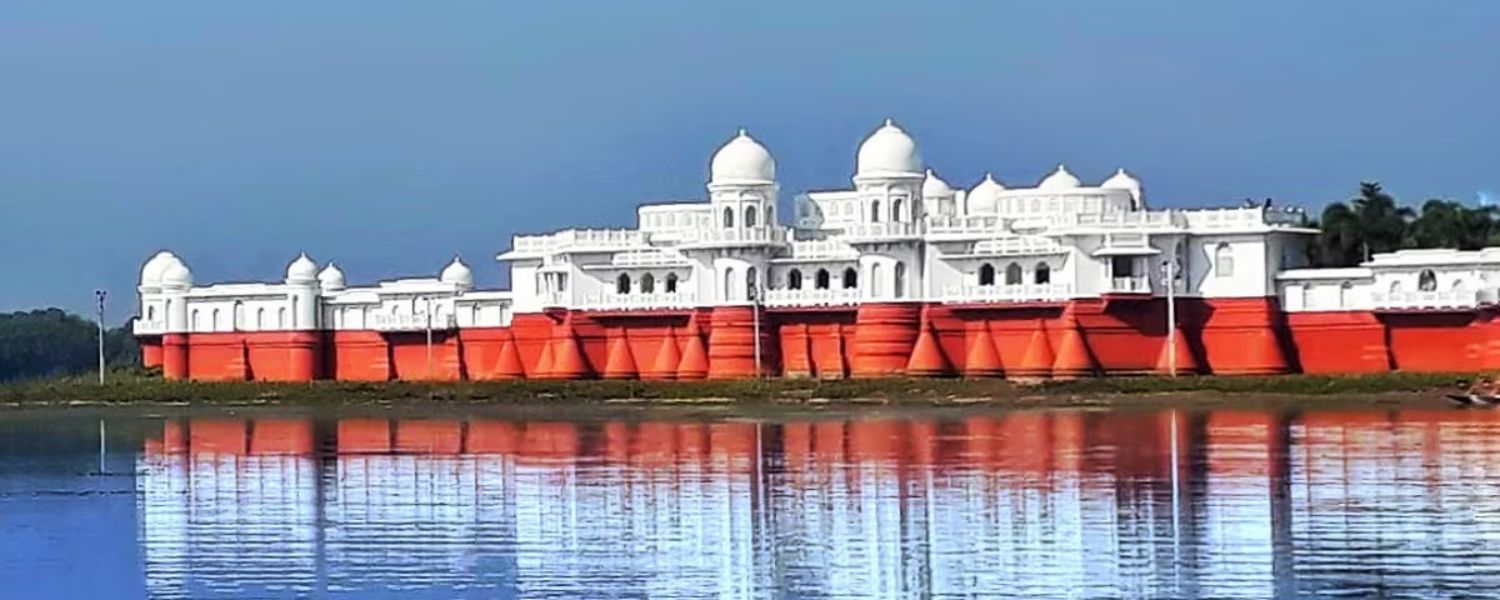
The climate of Tripura is characterized by distinct seasons, with the monsoon playing a significant role in shaping the weather and climate of Tripura patterns. The wet season typically heralds its arrival in the later part of May or the first week of June, relieving the scorching heat of the preceding months. Lasting until September, this period sees abundant rainfall, rejuvenating the land and replenishing water sources The Climate of Tripura Wikipedia.
Following the monsoon, winter gradually sets in from November onward, with January marking the peak of its severity. During this time, temperatures can drop considerably, with the mercury plummeting to as low as 4ºC. Despite the chilly weather, humidity remains relatively high throughout the year, contributing to the region’s greenery, vibrant ecosystem, and Tripura dishes.
The climate of Tripura, influenced by its geographical location, offers a diverse experience for residents and visitors alike. From the refreshing downpours of the monsoon to the crisp winter air, each season brings its charm to this northeastern state. Whether one seeks respite from the summer heat or the tranquility of a misty winter morning, Tripura’s climate promises a unique and memorable experience throughout the year.
5. Seasonal variations in vegetation
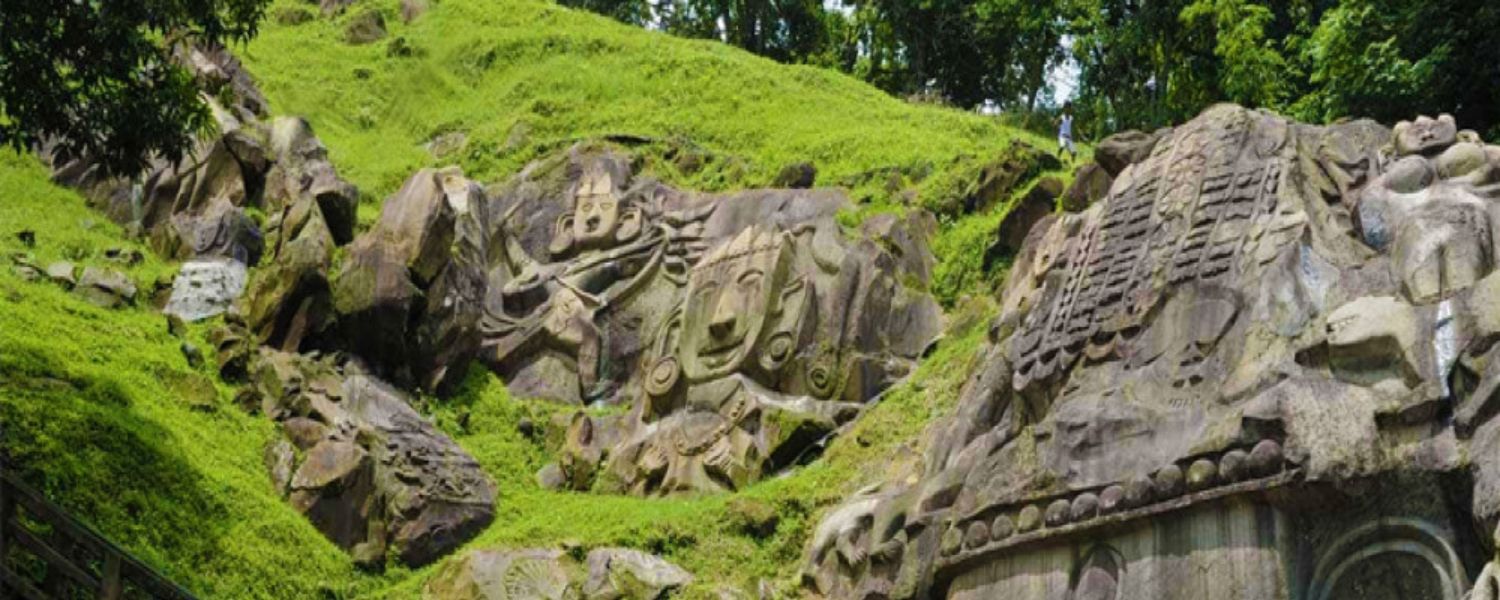
In Tripura, a northeastern state of India, the climate plays a significant role in shaping its vegetation. The state predominantly features tropical evergreen, semi-evergreen, and moist deciduous forests. These forests thrive under the influence of the region’s unique climate, which experiences distinct seasonal variations.
The climate of Tripura is typically humid subtropical, with hot and humid summers followed by winters. This climatic pattern significantly impacts the vegetation, leading to seasonal variations in plant life throughout the year. During the monsoon, from June to September, abundant rainfall nourishes the forests, fostering lush growth and vibrant greenery. This period is crucial for vegetation regeneration, particularly for the evergreen and semi-evergreen species.
Conversely, from December to February, the winter months witness a decrease in rainfall and cooler temperatures. This seasonal shift affects the vegetation, with some species adapting to the drier conditions by shedding leaves or entering dormancy. The moist deciduous forests, which dominate parts of Tripura, showcase noticeable changes in foliage during this period, adding to the dynamic landscape.
6. Historical weather records
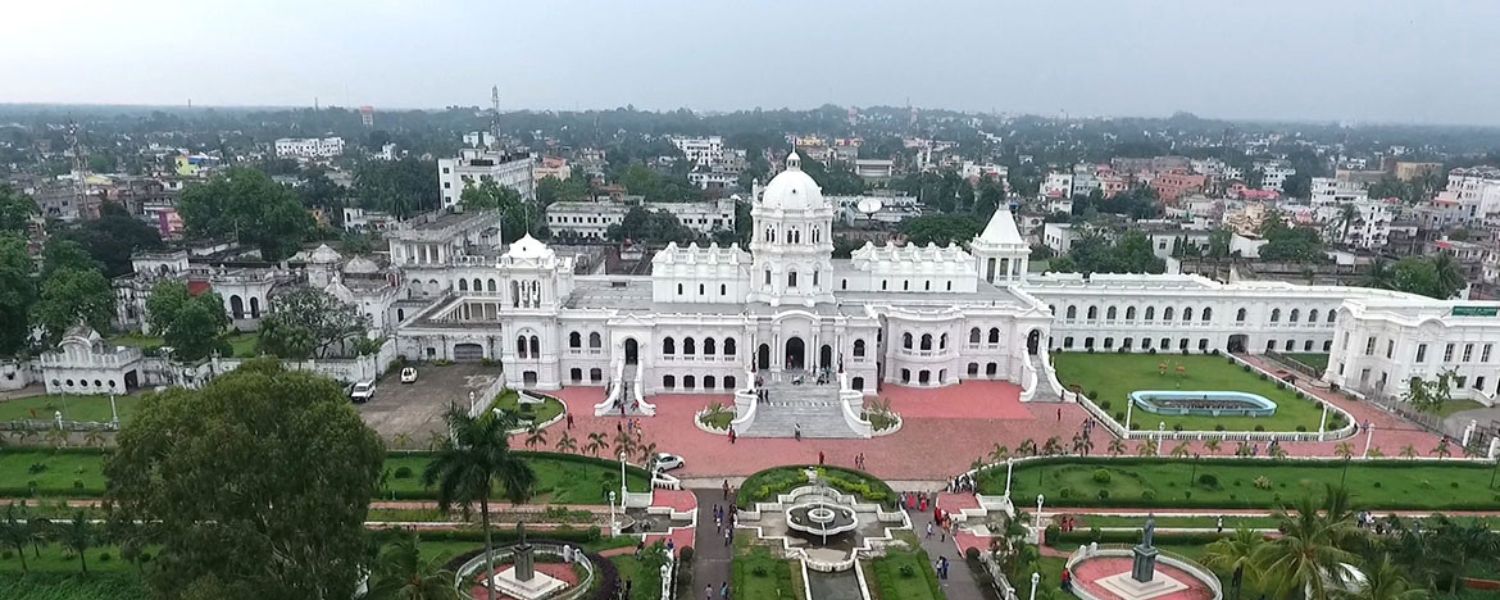
The climate of Tripura unveils a tapestry of weather records that underscore the region’s climatic diversity. Historical weather data offers intriguing insights into the extremes experienced in this northeastern Indian state. One standout event occurred on May 22nd, 1993, when a staggering 257.2 mm of rainfall deluged the land in a single day. This record is a testament to the intensity of monsoon seasons in the region.
Moreover, at Kailashahar, Tripura has witnessed both scorching highs and chilling lows. The mercury soared to a remarkable 42.2°C on April 9th, 1960, highlighting the sweltering heat that can engulf the area. Conversely, January 15th, 1976, saw temperatures plummet to a bone-chilling 02.4°C, showcasing the stark contrast between seasons.
In addition, another noteworthy weather event occurred on June 3rd, 1965, when a staggering 284.0 mm of rainfall inundated the region within a single day, further exemplifying the region’s susceptibility to heavy precipitation during the monsoon months.
These historical weather records not only provide a glimpse into Tripura’s past climate but also serve as valuable data for understanding the region’s vulnerability to extreme weather events.
7. Climate-related agriculture practices
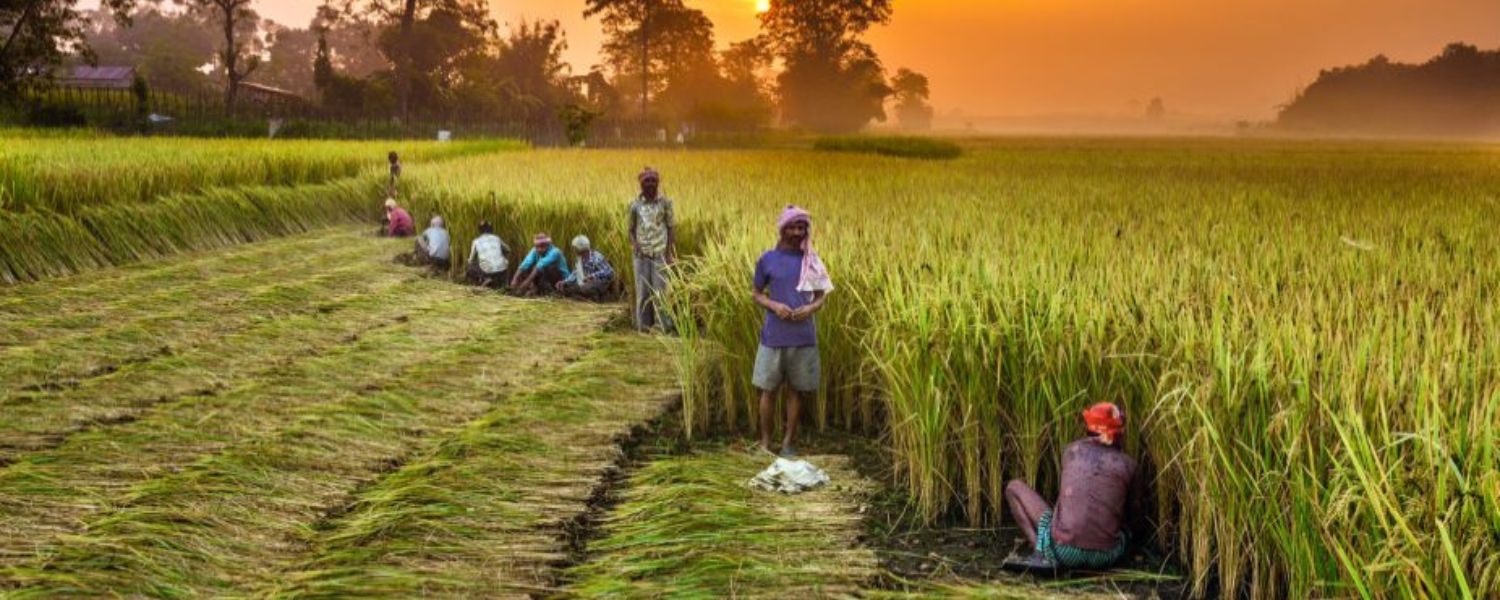
In Tripura’s climate, agriculture practices are deeply intertwined with the region’s unique environmental characteristics. The state’s cropping pattern reflects this diversity, with two prominent farming systems prevailing settled cultivation in the plains and shifting cultivation in the hills. Despite the challenges posed by climate variability, farmers in Tripura have adapted various climate-related agriculture practices to ensure sustainable food production.
Paddy, pulses, and oilseeds are the major crops cultivated across the state. Paddy, in particular, is significant, covering about 55% of the gross cropped area and being grown in three distinct seasons. This versatile grain serves as a staple food for the region’s inhabitants and is crucial to the state’s agricultural landscape.
In response to the dynamic climate conditions, farmers in Tripura have embraced innovative agricultural techniques to enhance resilience and productivity. These practices include water-efficient irrigation methods, diversified cropping systems, and adopting climate-resilient crop varieties.
Additionally, agroforestry and integrated pest management strategies are increasingly employed to mitigate climate-related risks and promote ecosystem health.
8. Tourism implications of weather
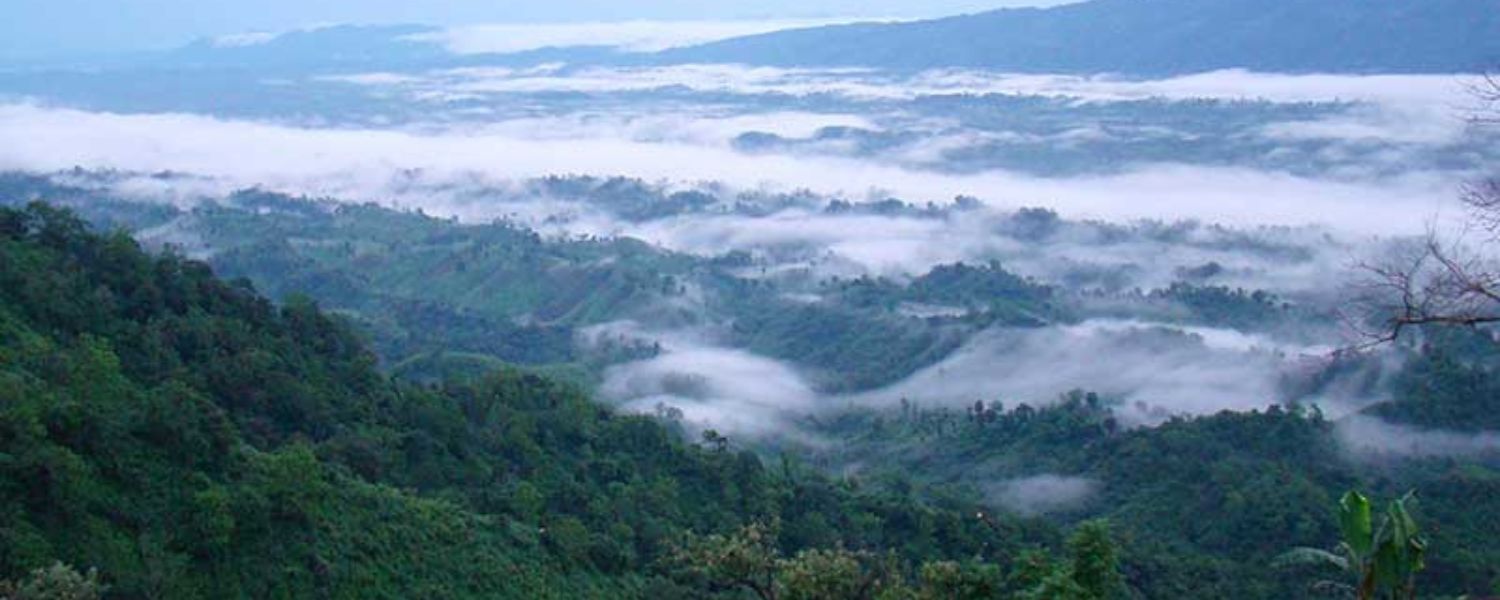
When planning a trip, considering the climate of Tripura is essential for a smooth and enjoyable experience. The tourism implications of weather in this region are significant. Like any destination, Tripura’s tourism sector is influenced by its climate. The climate of Tripura can significantly impact tourist activities and experiences throughout the year.
The climate of Tripura is characterized by distinct seasons: summer, monsoon, autumn, and winter. Each season brings unique weather patterns, affecting tourist demand and comfort levels. For instance, the summer months from April to June are typically hot and humid, making outdoor activities less desirable for some travelers. On the other hand, the monsoon season, which spans from June to September, brings heavy rainfall, which may disrupt travel plans and outdoor excursions.
Moreover, interannual climate variability can also influence tourism trends in Tripura. Heatwaves, unseasonable cold spells, droughts, and storms can all impact tourist behavior and preferences. For example, extreme weather events may deter tourists from visiting certain areas or engaging in specific activities.
Despite these challenges, Tripura’s climate also offers tourism opportunities. For instance, the lush green landscapes during the monsoon season can be a draw for nature enthusiasts and photographers. The cooler winter months also provide pleasant weather for exploring cultural sites and outdoor attractions.
Conclusion
In conclusion, the climate of Tripura exhibits a captivating blend of warmth and humidity, underlining its tropical essence. With five distinct seasons shaping its atmospheric landscape, including spring, summer, monsoon, autumn, and winter, Tripura offers a diverse tapestry of weather experiences throughout the year.
Spring, painting the region with hues of rejuvenation, typically spans from late February to mid-March, heralding the arrival of new life and vitality. The transition to winter, marked by refreshing rains in mid-February, reinstates a more relaxed ambiance, balancing the tropical fervor. This dynamic climatic rhythm not only influences the flora and fauna but also infuses the cultural and agricultural practices of the region.
From the vibrant celebrations of festivals to the meticulous timing of farming activities, the climate of Tripura is intricately woven into the fabric of daily life, offering a unique perspective on the symbiotic relationship between nature and human existence.
FAQ
Q. What is the weather like in Tripura in the summer?
Summer in Tripura, typically lasting from March to May, witnesses temperatures soaring up to 33 degrees Celsius, accompanied by a relative humidity of around 50%.
Q. What are Tripura’s climate and natural vegetation?
Tripura boasts a humid climate with an annual rainfall averaging between 2,250 mm and 2,500 mm. Temperature fluctuations range from 7°C to 36°C annually. Owing to its hilly terrain and conducive climate, the state is characterized by lush greenery and diverse natural vegetation.
Q. Which season is going on in Tripura?
Tripura experiences four distinct seasons: winter (December to February), pre-monsoon or summer (March to April), monsoon (May to September), and post-monsoon (October to November).
Q. Why is the temperature high in Tripura?
The urban heat island effect, exacerbated by the thermal properties of urban construction materials and the spatial layout of built-up areas, contributes to higher surface and air temperatures in urban regions compared to rural areas in Tripura.










